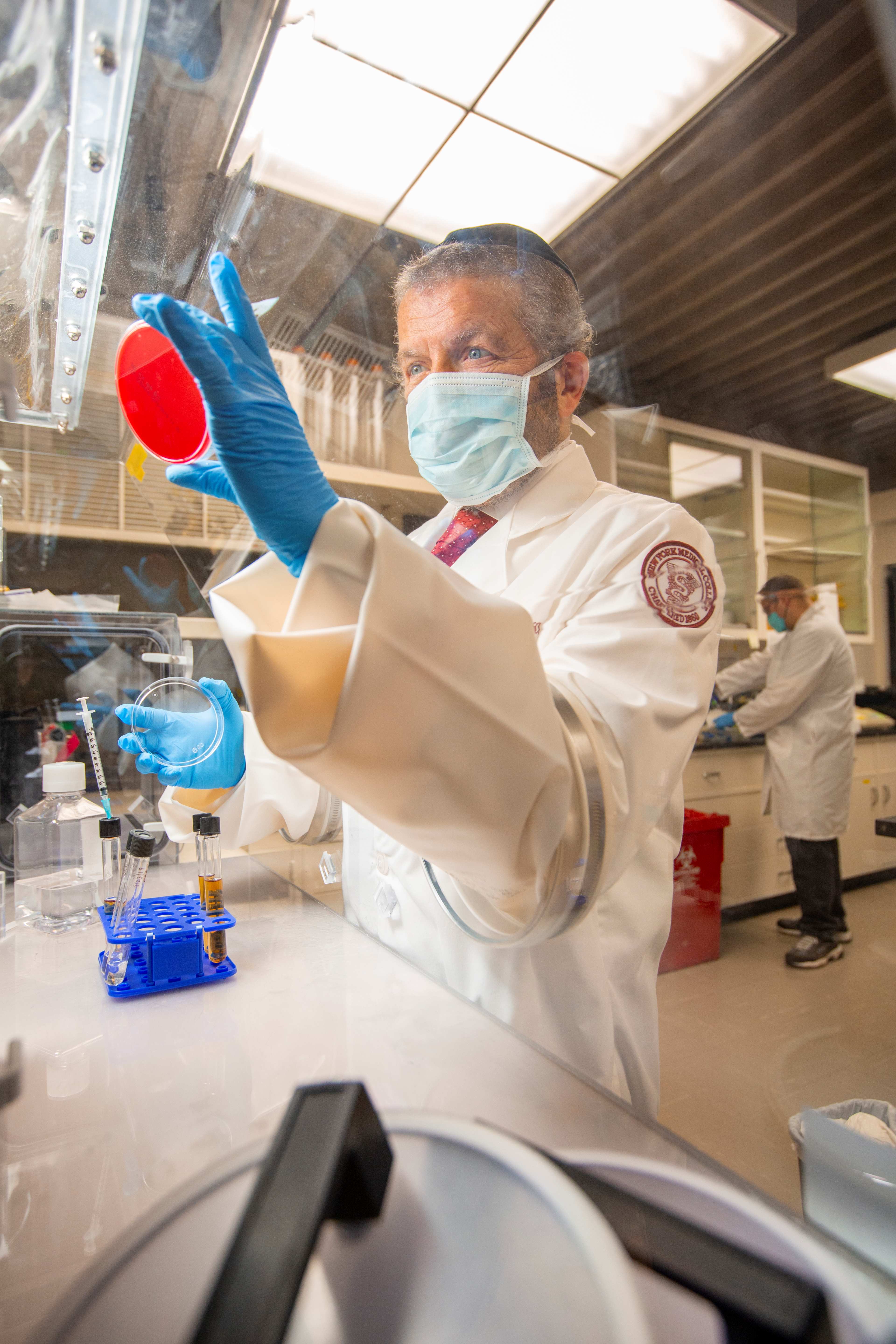Non-Invasive Test Can Detect Oral and Throat Cancer at Early Stages
The New Test Can Be Easily Administered in Dentist Offices, Primary Care Centers and Specialized Cancer Clinics

Oral cancer is the seventh-most common neoplasm and the ninth-most common cause of cancer-related death globally. When detected early oral cancer has a high survival rate, but most cases are not detected until the disease is very advanced. A new saliva-based, non-invasive test, CancerDetect for Oral & Throat Cancer™ [CDOT], developed by VIOME life sciences and tested by a group of researchers from around the world, including Salomon Amar, Ph.D., D.D.S., vice president for research at New York Medical College, senior vice president for biomedical research at Touro University and professor of pharmacology and of pathology, microbiology and immunology, has the potential to enable early diagnosis, saving lives and significantly reducing health care expenditures. CDOT, which was found to have an 80 to 90 percent detection rate in a recent study published in Oral Oncology, was granted breakthrough designation for accelerated review by the Food and Drug Administration.
“CDOT utilizes saliva, which is in direct contact with the tissues of the oral cavity and can be easily administered in dentist offices, primary care centers and specialized cancer clinics for early detection of oral cavity and oropharyngeal cancers, thus greatly improving patient outcomes,” said Dr. Amar.
The current standard of care for oral cancer screening and diagnosis relies on a physical exam and identification of lesions, followed by imaging and invasive biopsy. According to the study, while the American Dental Association recommends dentists conduct routine visual and tactile examinations for oral and oropharyngeal cancer for all patients only a small percentage of adults in the United States report ever having received a visual and tactile examination for oral cavity cancers. In addition, patients referred for biopsies run the risk of hematoma at the biopsy site, or worse, increased risk of metastasis if cancer cells are disseminated into the bloodstream.
“Research has shown that the reasons for late diagnosis are layered and complicated, including under-utilization of dental and primary care, and the lack and poor quality of oral cancer screening in patients that do seek general care,” said Dr. Amar. “Most importantly, in the earliest, most treatable stages, many oral cancers have little to no symptoms and may not be easily visible.”

